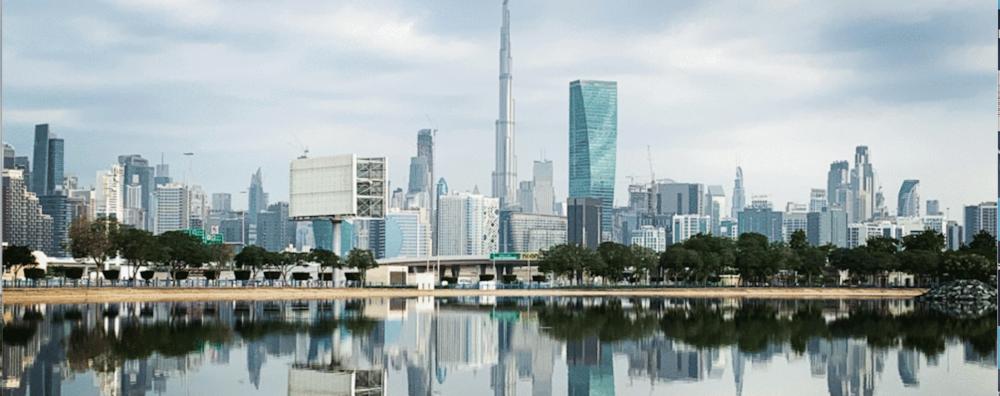
Dubai is described in vivid detail in the book – was this a challenge?Being able to describe some of Dubai’s most well-known locations and events, from the New Year’s Eve fireworks to a trip up the Burj Khalifa at sunset and afternoon tea at the Burj Al Arab, was an absolute joy. I hope that people who know and love Dubai will enjoy reading these parts of the book, and that people who have never been to Dubai will finish the book wanting to visit. I tried to weave plenty of cultural information into the narrative so I also hope that readers who know nothing about the UAE will learn something about the country, and let go of any preconceived notions. You mention in the book that white lies on social media are quite common in Dubai. Why is this?I do think expats in Dubai are in pole position to win a Twitter or Facebook boast-off. Apparently, according to a survey, three out of five adults in the UAE have lied on social media websites to sound smarter. About the same number confessed to tampering with photos to make themselves look more attractive. I’m sure people do this all round the world (and who wouldn’t want their eyebags airbrushed, their fine lines smoothed?), but in this corner of the globe, there is a lot of pressure to stage manage your online presence. Even if someone is having a difficult time transitioning to life in the UAE, and questioning the reasons they moved here, they’ll still fill their Facebook feed with photos of blues skies, beaches and Dubai’s iconic sights, rather than admit on social media that they’re homesick. What’s next for Brittany?I’ve mentioned in the ‘blurb’ that this is her first diary, leaving it open for a follow-up diary, if she captures readers’ imaginations as she did mine. But I’ve also got a few more ideas for other books set in Dubai. Watch this space!
Buy Distracted Housewife in Dubai from Amazon here




